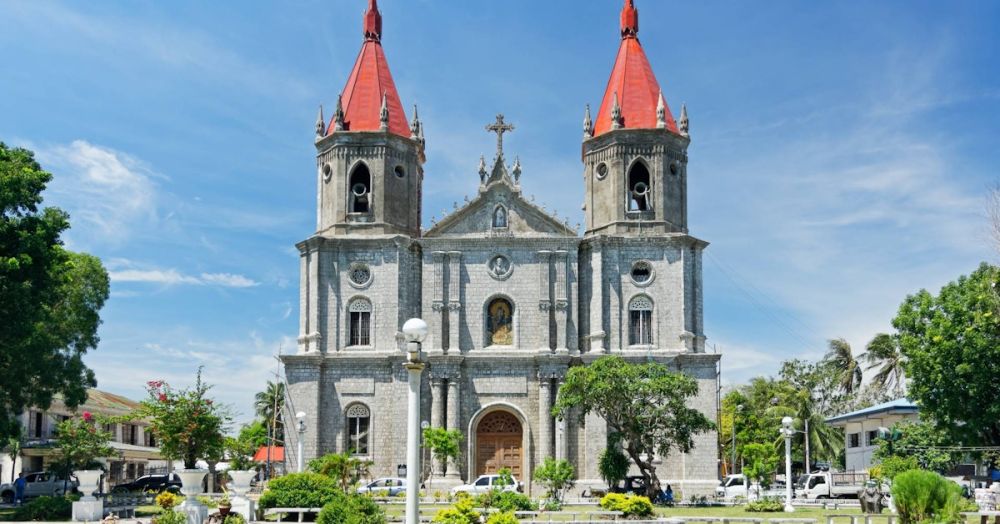

Located in the district of Molo in Iloilo City, Philippines, Molo Church, also known as the St. Anne Parish Church, is a historic Filipino church that has long been a beacon of faith and heritage in the region. The church's history is deeply woven into the fabric of Philippine culture and the development of tourism in Iloilo.
Molo Church was constructed in the 1800s and is often admired for its beautiful Gothic-Renaissance architecture, a style unique among the predominantly Baroque churches in the Philippines. Its cornerstone was laid in 1831, and it was completed in 1888. Notably, the church is made distinctive by its all-female ensemble of saints, earning it the nickname “Women's Church.”
Over the years, Molo Church's stunning architecture and historical significance have turned it into a pilgrimage site and tourist attraction. By the 20th century, the church had become an indispensable stop for travelers interested in Philippine history and culture. The inclusion of the church in various historical and religious tours has cemented its status as one of the key heritage sites in Iloilo.
Besides religious significance, Molo Church also played a role during the Philippine Revolution and the Second World War, wherein its convent served as an evacuation center. This further augmented its fame among historical enthusiasts.
The church underwent restoration efforts after it was damaged by an earthquake in 1948 and faced various periods of rehabilitation to preserve its intricate façade and interior art. In recent times, the rehabilitation is aligned with the growing trend of preserving historical landmarks for cultural tourism and educational purposes.
In the 21st century, Molo Church has seen an increasing number of visitors thanks to widespread social media exposure and the rise of heritage trails that connect different historical sites in Iloilo City. It also attracts photographers, architecture enthusiasts, and cultural tourists from around the world.
The church is especially vibrant during religious festivities such as the feast of St. Anne held every July 26th, attracting large crowds both for its historical grandeur and spiritual significance. Additionally, the Iloilo Dinagyang Festival, a major event in the city showcasing street dancing and revelry, draws extra attention to the church and surrounding heritage sites.
Molo Church remains a beloved and enduring symbol of Iloilo's historical landscape, proudly standing as a bridge between the past and present and serving as a gathering place for worshipers and tourists alike. The continued efforts to conserve its storied walls ensure that it will remain a part of the Philippines’ rich cultural tapestry for generations to come.